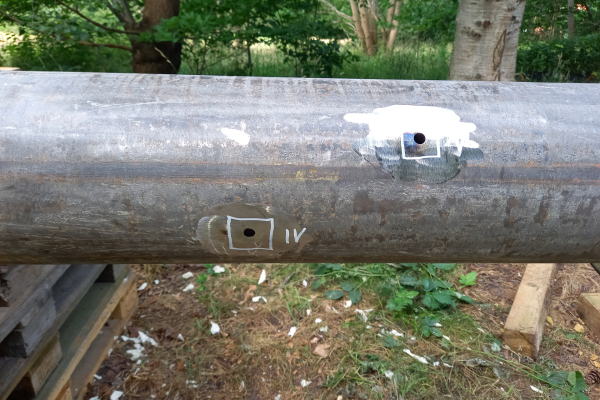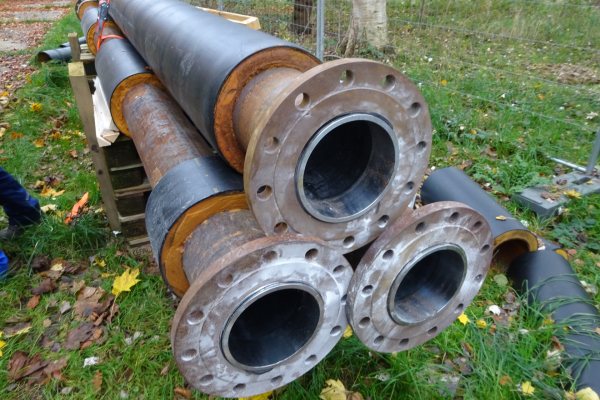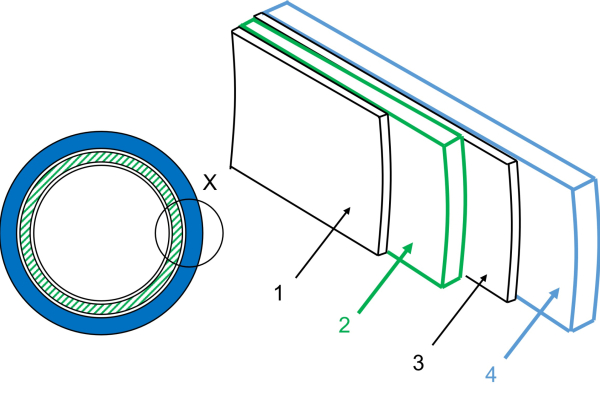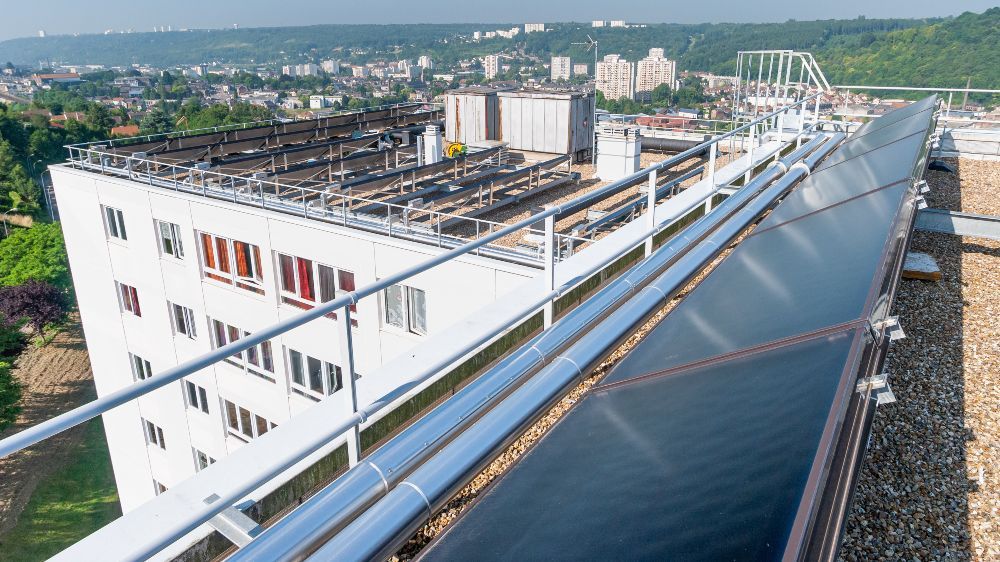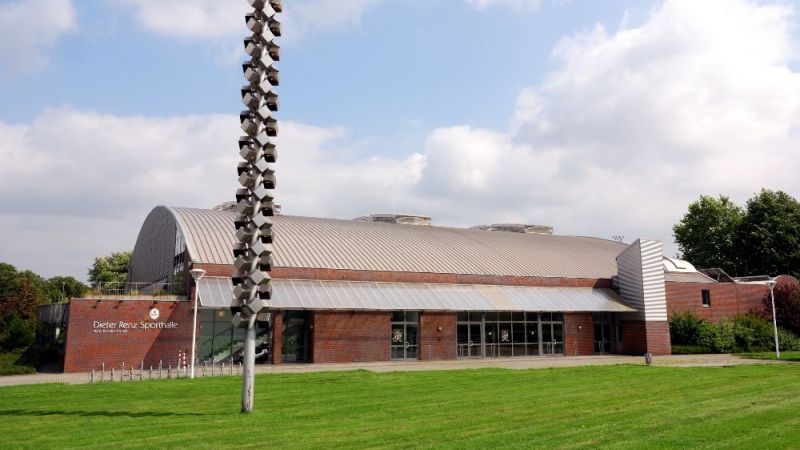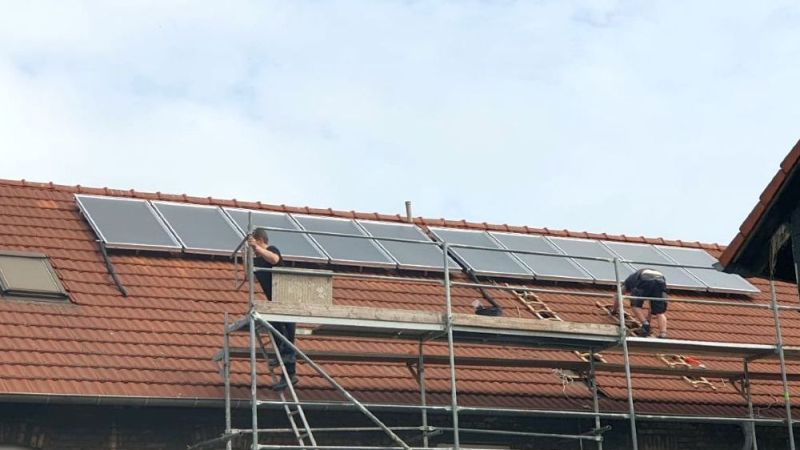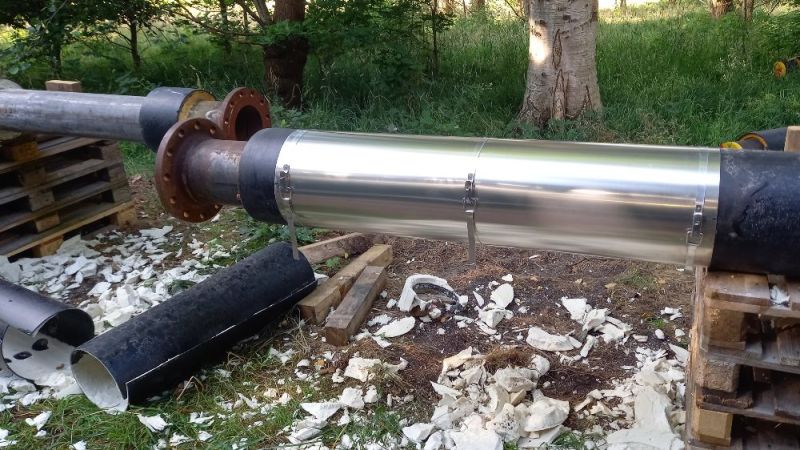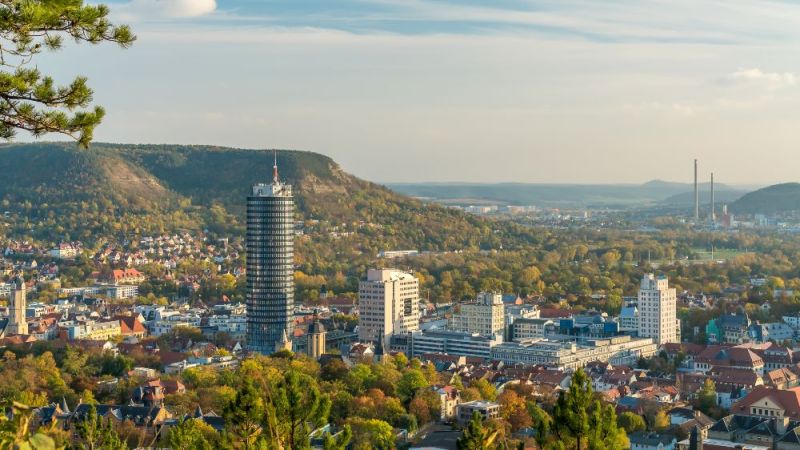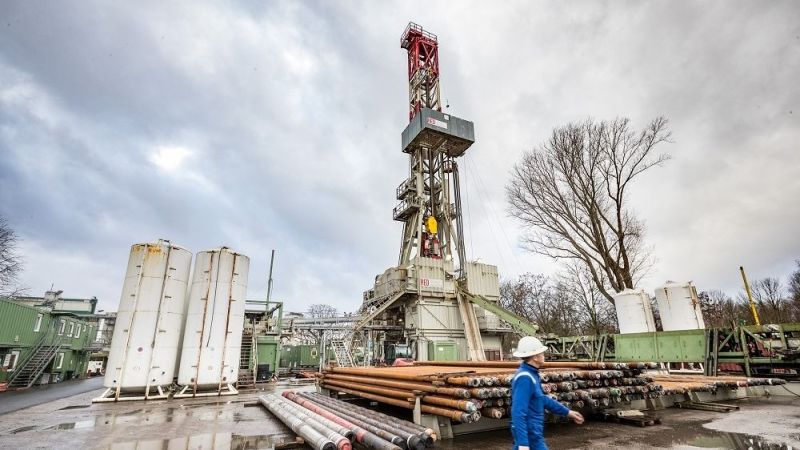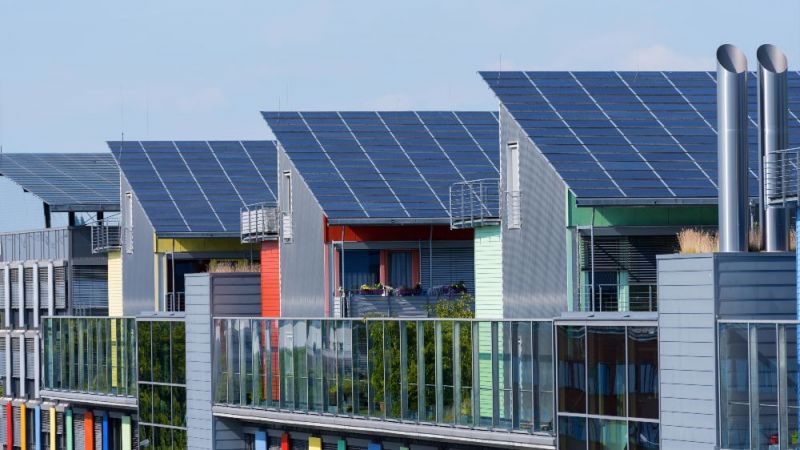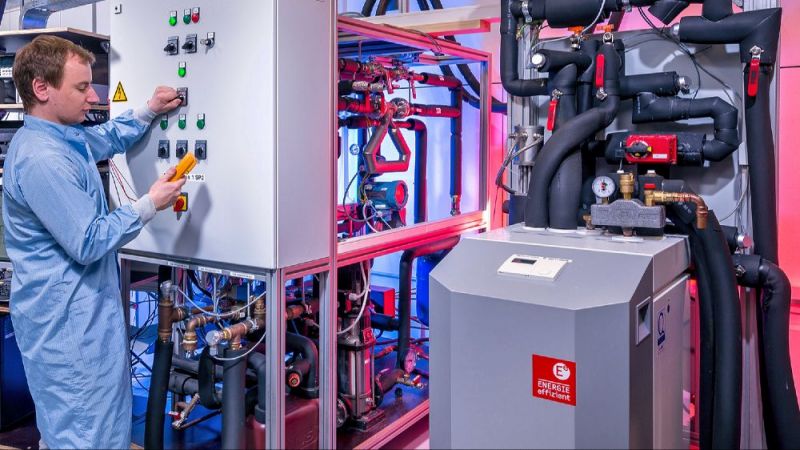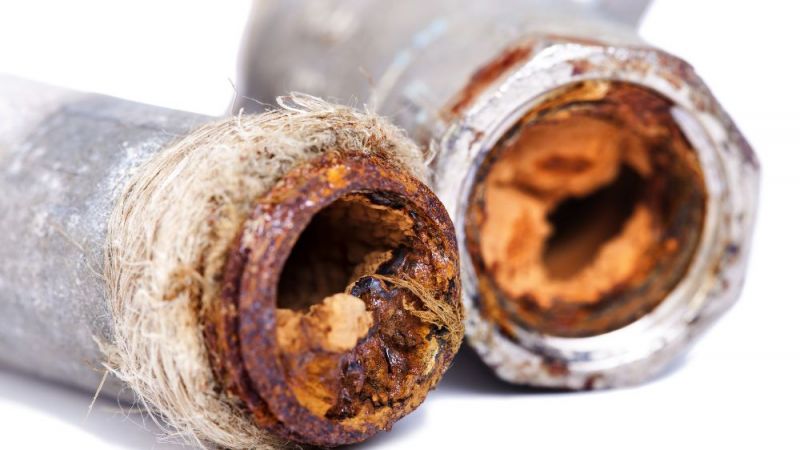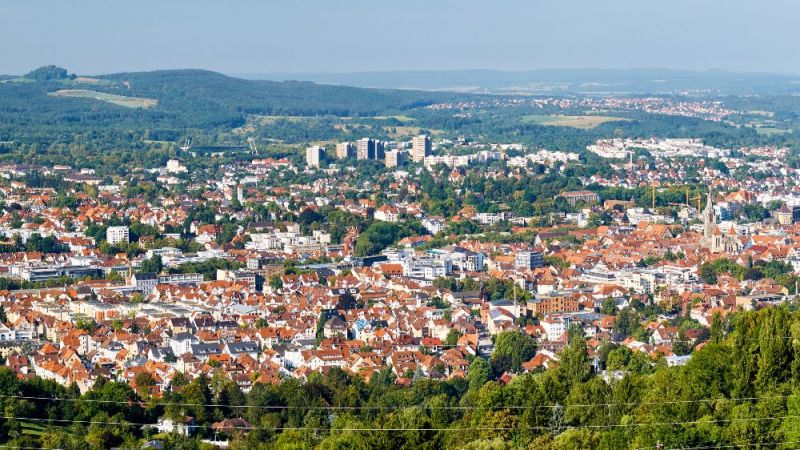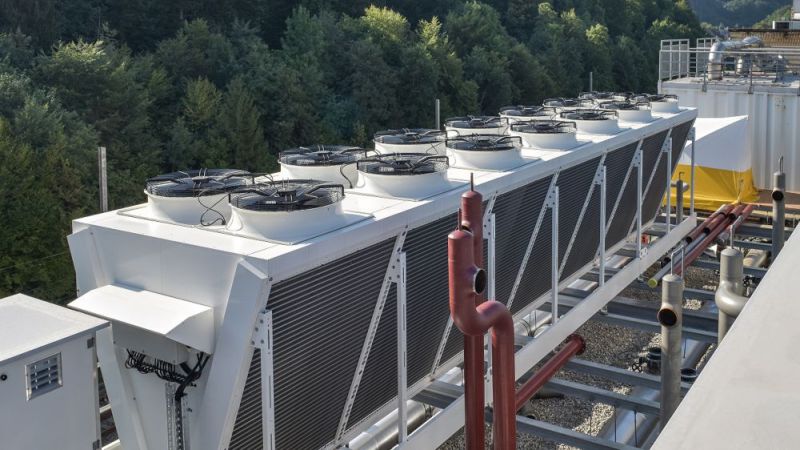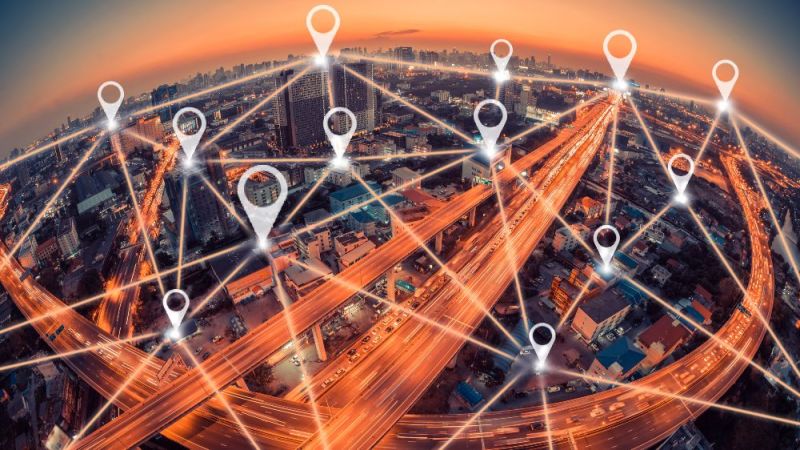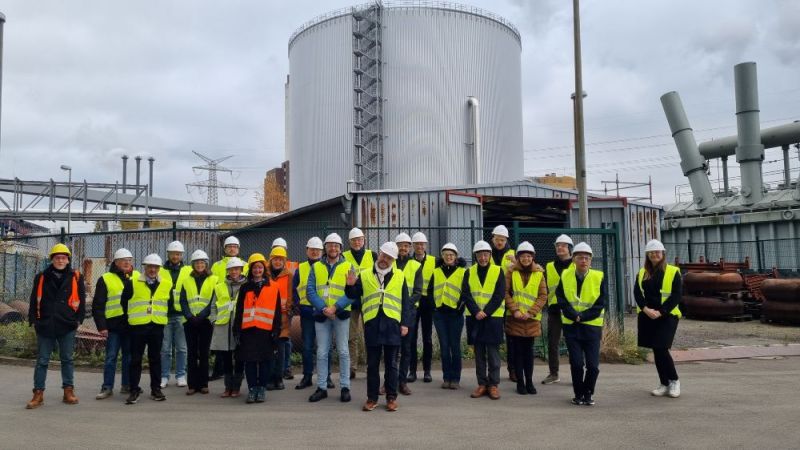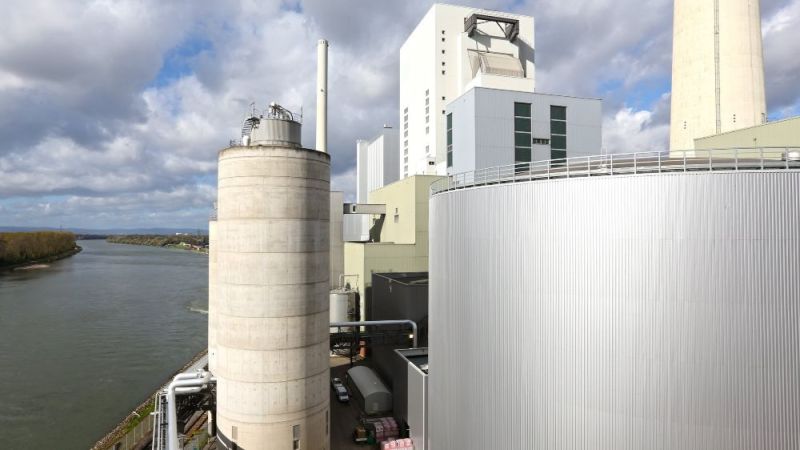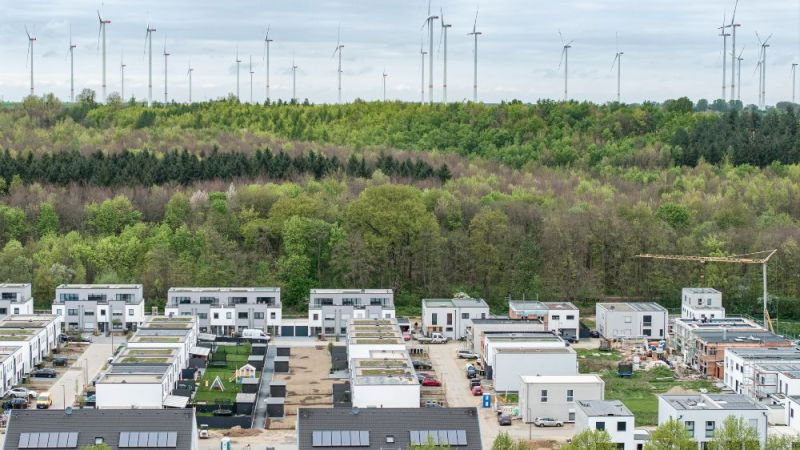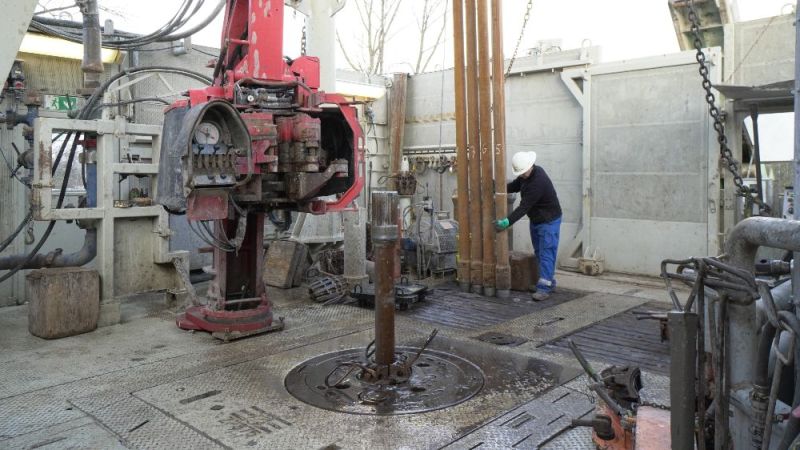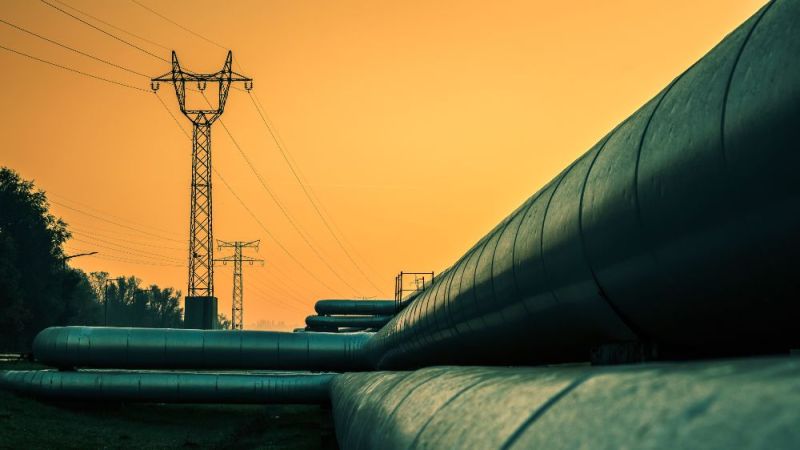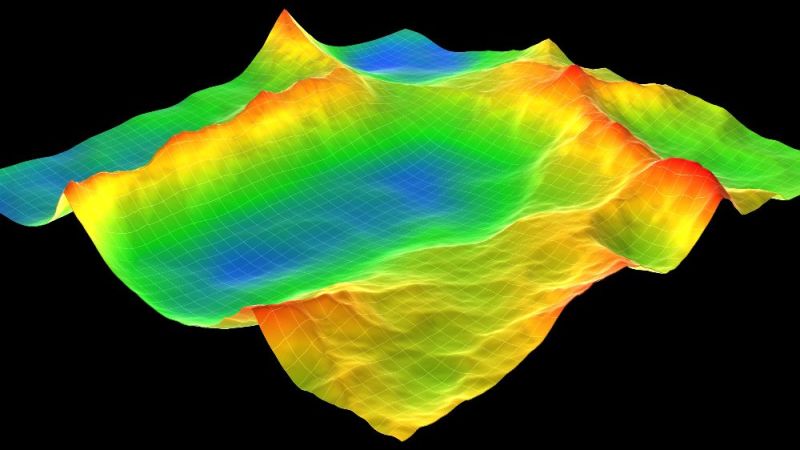
Hose Liner Inserted into Pipe System
Rehabilitation of District Heating Pipes Simplified
District heating networks in Germany have been installed increasingly since the 1950s and are now reaching the end of their planned useful life. At the same time, replacing the pipelines is very costly: Masses of soil have to be excavated and the surfaces subsequently restored. Furthermore, road and delivery traffic is disrupted and residents are inconvenienced by construction noise and dust.
In the "FW-Liner" project funded by the German Federal Ministry for Economic Affairs and Climate Action, experts led by "AGFW - Der Effizienzverband für Wärme, Kälte und KWK" have currently developed a more efficient and environmentally friendly solution. In order to do this, they are using a process that is already being applied in pressureless sewer systems and pressurized potable water networks: resin-impregnated hose liners made of glass fiber-reinforced plastic (GRP) are inserted into the pipe system and harden on site. One manufacturer of these liners, SAERTEX multiCom GmbH, is part of the FW-Liner research consortium.
Special challenges in district heating pipelines
District heating pipes are subject to higher temperatures and different pressure conditions than sewer systems and potable water networks. "We have adapted the hose liners previously used there to the thermal, mechanical and chemical stresses in district heating pipelines," explains project manager Sebastian Grimm from AGFW. "In doing so, we focused on the hot water district heating systems which are the most commonly used ones in Germany."
In particular, changes in temperature load place a strain on district heating pipelines. As more volatile renewable energy is fed into the grids in the future – and sector coupling and the associated changes in the electricity and heating markets become more prominent –experts expect these stresses to increase, for which the older district heating systems, in particular, are not designed.
Of the typical damage to district heating pipes, only those where the internal service pipe itself is affected can be repaired with a liner. These include defective weld seams, which can lead to leaks or corrosion damage. "If a FW liner is used, maintenance measures can also be carried out selectively so that only individual network sections are affected. This reduces costs and means that the supply can be restored more quickly," says Grimm.
Materials suitable for district heating sought
Resin, glass fiber fabric, and protective film: These components of the hose liner, in particular, had to be optimised for the high loads in district heating networks. This means that the overall system must remain sufficiently leakproof and load-bearing at temperatures of up to 130 degrees Celsius. In addition, the experts had to ensure that medium- and long-term material changes would not have a detrimental effect on the heating medium.
"One of the biggest challenges at the beginning of the research project was to find a resin that could withstand the high material stresses in district heating networks," says Grimm. The glass fibers are processed in a "scrim" which is impregnated with the resin. The combination of the glass fiber and resin components forms the glass fiber reinforced plastic (GFRP). The inner film serves as a further sealing element before, during and, if required, after the resin has cured. Only when the resin cures has the flexible tube become a stable tube.
After various investigations, the experts identified an industrial resin that is available on an industrial scale and can be used in liner production. A dissertation on the subject resulting from the project was awarded the "AVK Innovation Prize". Finally, the researchers in the project succeeded in developing the basic elements of a GRP pressure hose liner suitable for district heating (resin, glass fiber scrim and protective film). They were able to successfully test the resulting prototype in the laboratory.
FW liner installed in test line
Together with the municipal utilities and the city of Neumünster, the project partners also built a test line (see info box) in parallel operation with a real district heating network, where a first prototype of the FW liner could be tested in practical operation and under construction site conditions. Concrete development needs could be derived as well.
After completion of the project, AGFW and local partners additionally tested another newly developed inliner rehabilitation method, which is installed in the test section. The practical experience gained from FW-Liner as well as the tests and investigations currently being carried out make it possible to assess the suitability of the new rehabilitation methods for district heating pipelines. This can provide initial guidance to interested district heating utilities. In addition, the findings will flow into the follow-up project SaniFern, which is also being funded by the Federal Ministry for Economic Affairs and Climate Action.
This is how the insertion of the hose liner works
The video shows the first liner being pulled into a German district heating network in March 2022. The approximately 115-meter-long plastic-jacketed composite pipe was constructed as part of the BMWK-funded "FW-Liner" project as a test section for investigating pipe liner rehabilitation methods suitable for district heating. Due to the connection parallel to the supply network of Stadtwerke Neumünster (SWN), the liners and prototypes experience real temperature loads without disturbing the operation of the actual supply network. This video documents the installation of the CarboSeal product from PPR Deutschland GmbH on a 40-meter-long pipe section.
Next challenge: side branches in the district heating network
To increase the practical benefit, it makes sense that the hose liner can be used under as many FW-typical conditions as possible. One example is the side branches. "These are required in district heating networks wherever pipes branch off from the transport or distribution pipelines. Such side branches are usually designed as T-branches," explains Grimm. In the follow-up project SaniFern, the project partners are now developing solutions to take side branches into account with the least possible effort when rehabilitating with FW liners. The aim is for this to also be possible without trenching. The experts are also compiling information on planning, construction and financing of the new rehabilitation method.
FH Münster - Fachbereich Chemieingenieurwesen
Webadresse
E-Mail
Tel.: 0211 896-04
GEF Ingenieur AG
Webadresse
E-Mail
Tel.: 06224/9713-0
IMA Materialforschung und Anwendungstechnik
Webadresse
E-Mail
Tel.: 0351 8837-0
SAERTEX multiCom GmbH
Webadresse
E-Mail
Tel.: 02574 902-400
Selle Consult GmbH
Webadresse
E-Mail
Tel: 0341-30 82 410
SWN Stadtwerke Neumünster Beteiligungen GmbH
Webadresse
E-Mail
Tel.: 04321 202-188


